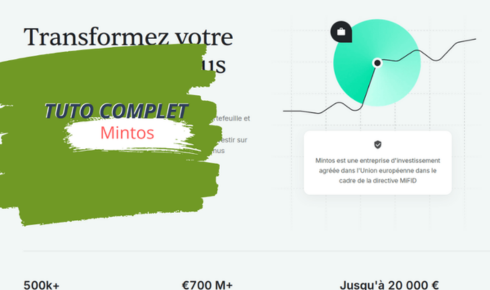Funding scientific research is crucial for innovation and progress. Traditionally, researchers relied on government grants or private funds. However, with the emergence of crowdlending, a new avenue is emerging to support scientific projects. This article explores how crowdlending is transforming the research funding landscape and how platforms like Quelinteret.com can play a key role in this evolution.
1. What is crowdlending?
Crowdlending, or participatory lending, is a financing method that allows individuals to invest in projects by lending money in exchange for repayment with interest. Unlike traditional crowdfunding, which relies on donations or pre-sales, crowdlending involves a return on investment for lenders. This model offers an attractive alternative for researchers seeking funding.
2. The challenges of financing scientific research
Funding scientific research faces several challenges:
– Increased competition: Many researchers are competing for limited funds, making it increasingly difficult to obtain funding.
– Strict criteria: Funding agencies often impose rigorous criteria, which can exclude innovative projects that are deemed too risky.
– Funding delays: Grant application processes can be lengthy, delaying the start of projects.
3. The advantages of crowdlending for scientific research
Crowdlending has several advantages for research funding:
– Rapid access to funds: Researchers can obtain funding more quickly, allowing them to start their projects without waiting months or years.
– Flexibility: Funding conditions can be more flexible than those of traditional grants, allowing researchers to better adapt their projects.
– Public engagement: Crowdlending allows citizens to become directly involved in scientific research, creating a link between science and society.
4. How Quelinteret.com Facilitates Crowdlending for Research
Quelinteret.com is a platform that connects investors with crowdlending projects, including those related to scientific research. Here are some of its contributions to the sector:
– Project Selection: Quelinteret.com evaluates and selects promising research projects, ensuring investors that their money is being used wisely.
– Transparency: The platform offers detailed information about each project, allowing investors to make informed decisions.
– Engaged Community: By bringing together investors interested in science, Quelinteret.com creates a community that actively supports innovation.
5. Examples of Research Projects Funded by Crowdlending
Several research projects have already benefited from crowdlending. For example:
– Rare Disease Research: A project aimed at developing a treatment for a rare disease successfully raised funds through crowdlending, allowing researchers to continue their work.
– Green technologies: Projects focused on developing sustainable technologies have also found support through crowdlending campaigns, attracting environmentally conscious investors.
6. The future prospects of crowdlending in scientific research
Crowdlending could revolutionize the funding of scientific research. As the technology evolves and trust in crowdfunding platforms increases, we can expect:
– An increase in funded projects: More researchers could turn to crowdlending to finance their work, diversifying funding sources.
– Increased public engagement: Citizens could become increasingly involved in research funding, strengthening the link between science and society.
– Accelerated innovations: With faster access to funds, researchers could develop and test innovations more quickly, contributing to significant scientific advances.
Conclusion
Crowdlending represents a promising opportunity for funding scientific research. By allowing researchers to access funds quickly and flexibly, it paves the way for new innovations. Platforms like Quelinteret.com play a vital role in this transformation, facilitating the connection between investors and research projects. By supporting crowdlending, we can contribute to a future where science advances faster and more inclusively.

